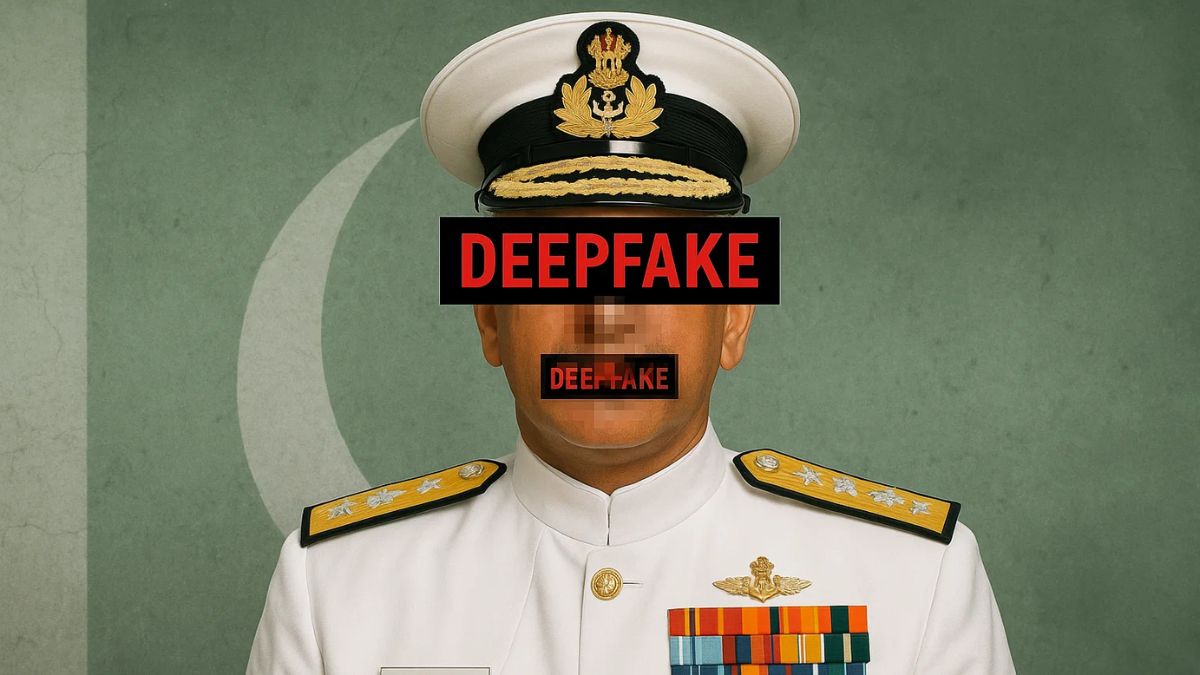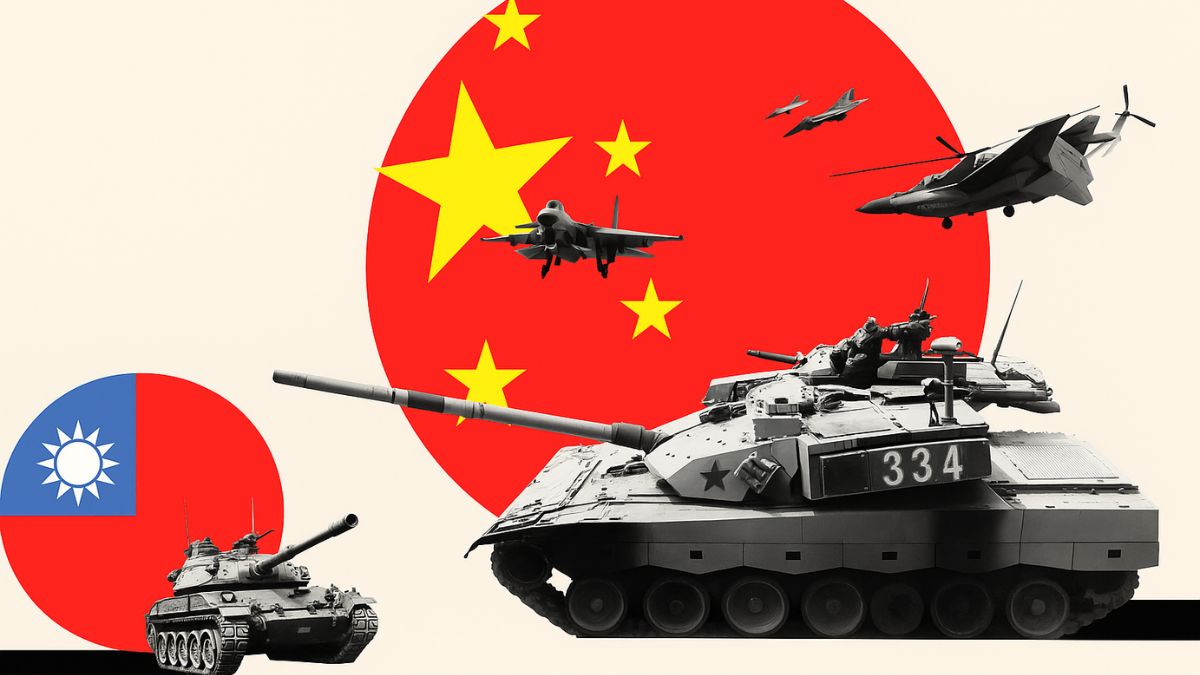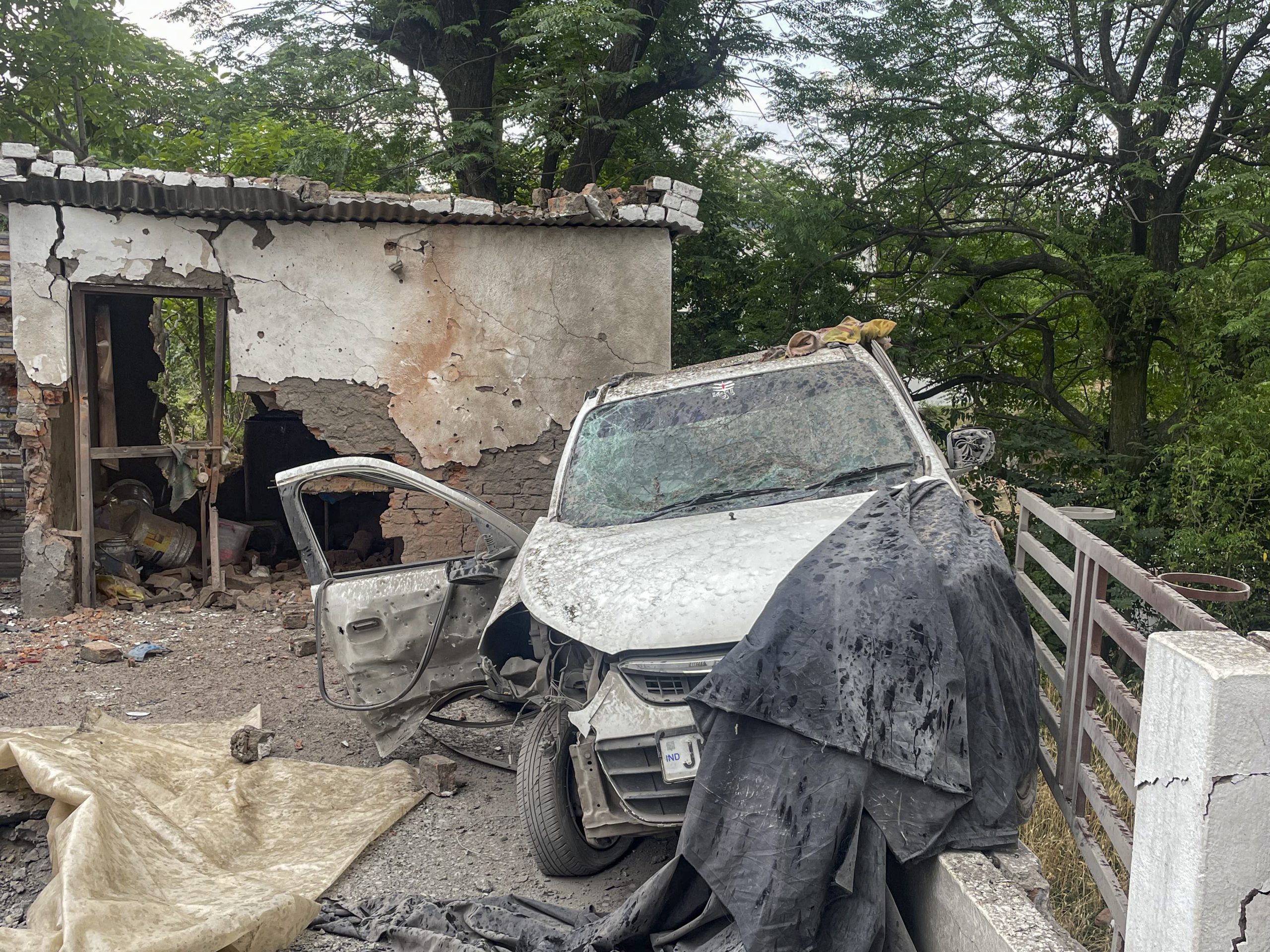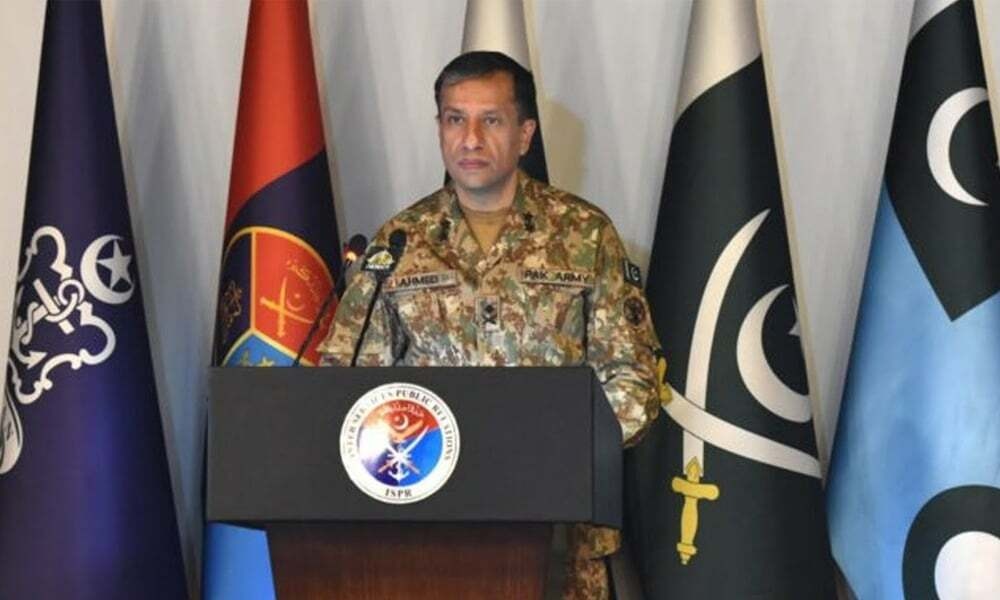Nowadays Take More Than…: What Army Commander Revealed About New-Age Terror Ops And How India Responds

The Indian Army Commander explained that terrorists have now abandoned their conventional ways (Image courtesy: AI pic)
Sharing the difficulties in gathering intel in operations to arrest terror attacks and their resolving methods, a senior Indian Army officer involved in a significant portion of the operation has revealed the new-age methods adopted by Indian armed forces. Calling out Pakistan Army chief Asim Munir for provoking terrorists and his own troops before the Pahalgam attack, India’s Northern Army Commander Lt Gen Pratik Sharma also shared that 7 out of 9 terror camps were taken down by the Northern Command.
At the NDTV Defence Summit on Saturday, Lt Gen Sharma described Operation Sindoor as a masterstroke in terms of timing and execution. Besides the 7 camps hunted by the Northern Command, the other 2 terror camps – Muridke and Bahawalpur – located in the International Border (IB) sector, were handled by the Air Force.
The latter were easier to target due to clearer coordinates, whereas the camps in the Line of Control (LoC) sector were concealed within hilly terrain, making intelligence gathering particularly challenging.
Was India prepared for an immediate response to Pak retaliation?
Within 30 minutes of the strikes, Pakistan initiated cross-border firing, violating the ceasefire agreement. However, Indian forces were on high alert. “We were very clear that the moment something is done by Pakistan, immediate retaliation is going to be felt along the Line of Control,” Lt Gen Sharma stated.
The operation followed clear strategic directives issued in the aftermath of the Pahalgam massacre. “We were given specific instructions to undertake punitive strikes through precise engagement, targeting the perpetrators and creating deterrence in the minds of Pakistan and its army,” Lt Gen Sharma said.
“India’s surgical strike post Uri, Balakot aerial strikes post Pulwama, and Op Sindoor have not only demonstrated the national resolve to deal with the terror actions but also demonstrated the military capability to operate below the conventional domain and exploit this particular space,” Sharma stated at NDTV Defence Summit.
What was Asim Munir’s deliberate provocation?
According to the army officer, Munir deliberately provoked the border situation between India and Pakistan. Just a few days ahead of the deadly Pahalgam terrorist attack, Munir, in a speech on April 16 in Islamabad, supported the two-nation theory and asserted that Kashmir remained Pakistan’s jugular vein.
Lt Gen Sharma believes this speech directly incited terrorists and the Pakistani Army.
How terror Ops have changed now?
Terrorist operations have evolved, shifting from urban centres to remote terrains like hills, jungles, and caves. Traditional intelligence-led raids on houses are becoming obsolete as operations now extend for over 30 days. “The operation of terrorists in the hinterland has changed,” the officer explained.
Terrorists no longer operate from built-up areas. They operate from the hills, jungles, and caves. Gone are the days when we had specific intelligence where we went and surrounded a house, and eliminated a terrorist, he shared, adding that operations nowadays take beyond 30-odd days.
Meanwhile, the 3 terrorists involved in the April 22 Pahalgam attack were eliminated by the security forces during Operation Mahadev towards the end of July. “We were on a hunt for them since April 22…it was 97 days of day and night operation,” Sharma noted.







